As our first few days in Korea wrapped up we were feeling optimistic about next steps – namely, getting to Pyeongtaek port and arranging to collect our van. Separated for almost 7 weeks, we were anxious to be reunited with our rig. Staying in downtown Seoul hotels was a nice change of course, but there is nothing like having your own wheels – and bed, and kitchen, and bathroom, and sofa and…..basically, all your stuff in one place ! We had missed that.
Prior to heading down to Pyeongtaek with JB from YCL Logistics, we still had some more sightseeing to do in Seoul. This thriving city of over 10,000,000 is Korea’s economic and cultural hub and offers much to the visitor. Imperial Palaces, famous markets, great restaurants, home of “K-pop”, one of Asia’s hippest suburbs, an amazing War Museum and a truly vibrant downtown. Connecting it all is one of the best, fastest, cleanest and most affordable subway systems we’ve seen anywhere. Especially notable was the lack of graffiti and the fact that the subway information was always posted in 4 languages ( Korean, English, Japanese and Chinese) – there are not many places where you see that and just another great example of the lengths Korean’s go to in order to make navigating this huge city as easy as possible for all visitors. We also found the Korean people to be incredibly friendly – more than once people actually approached us ( when we were staring blankly at maps ! ) to offer assistance. Safe to say that Seoul left a great impression on us and had us hankering to see more of the country.
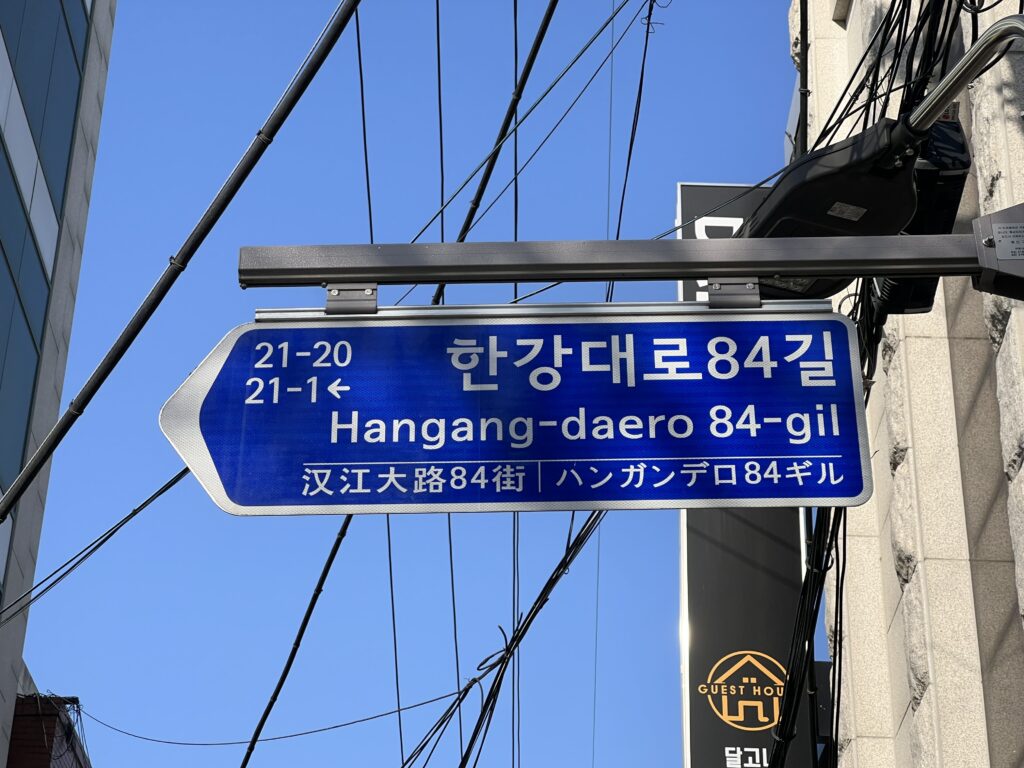


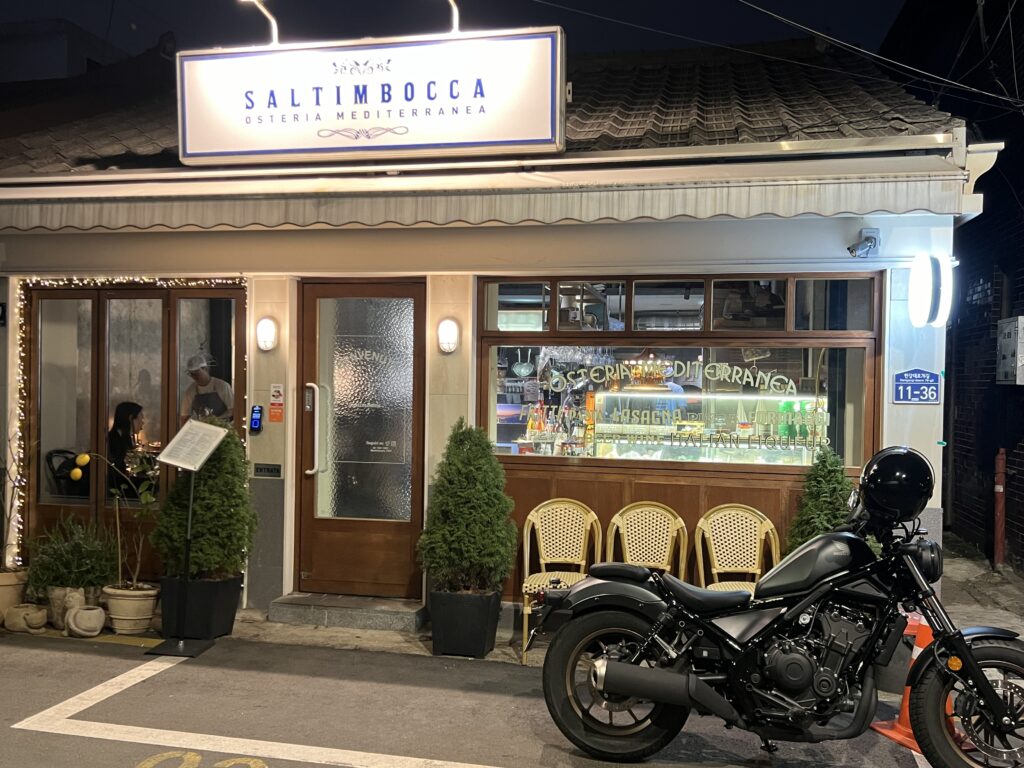
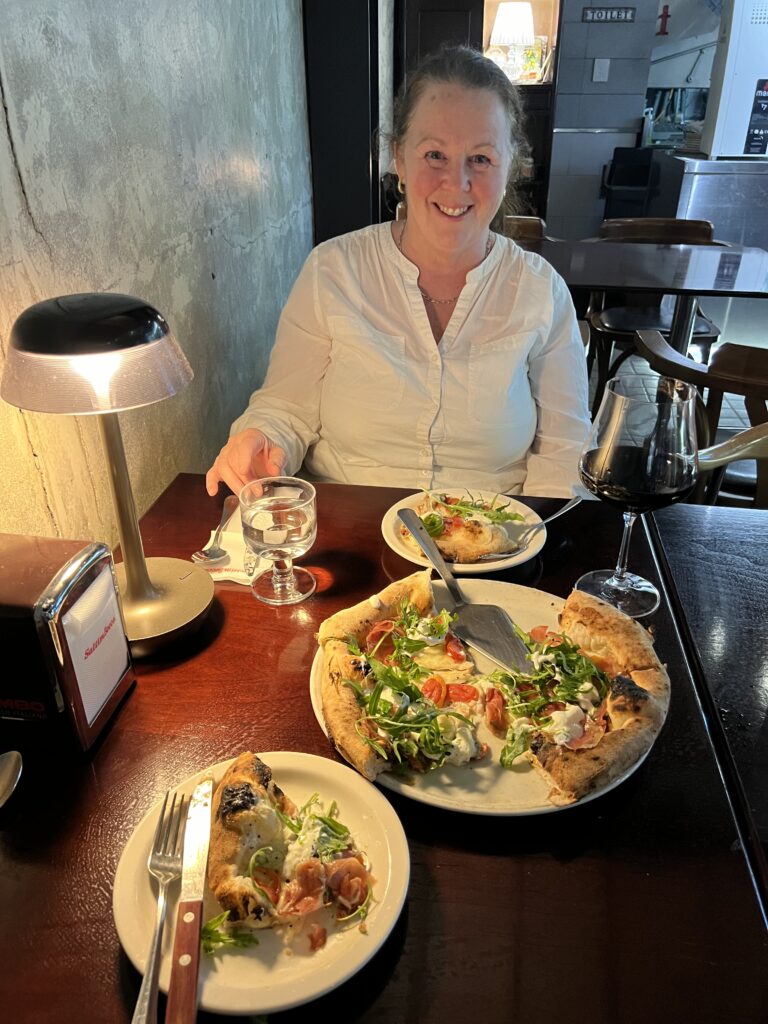
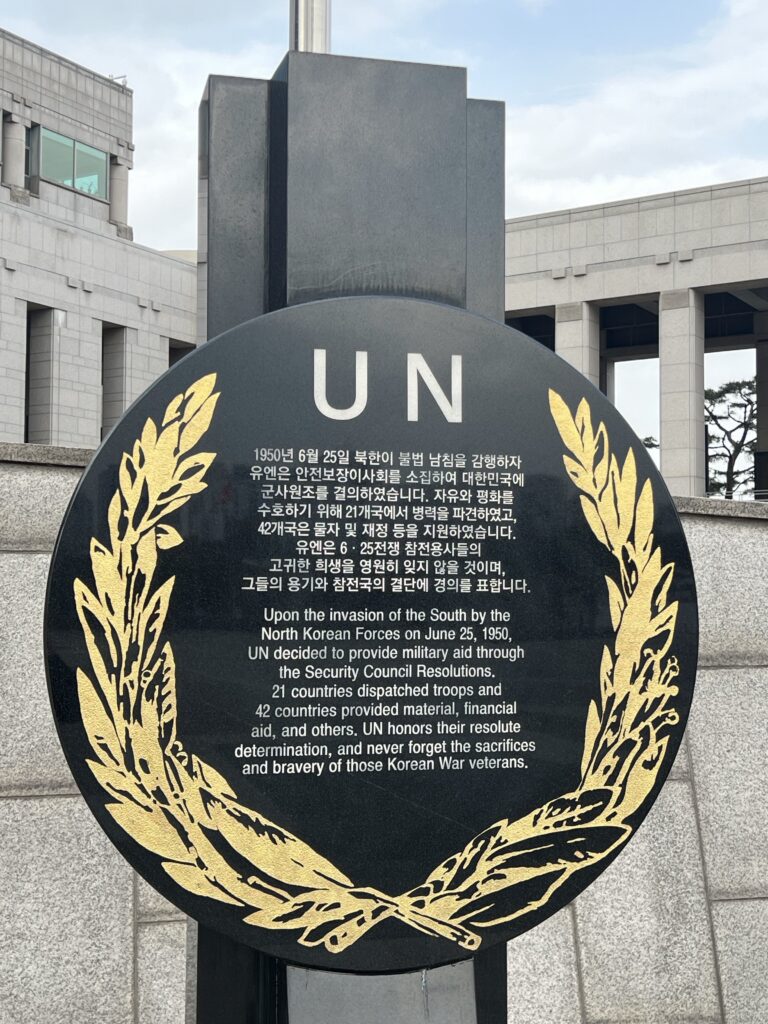
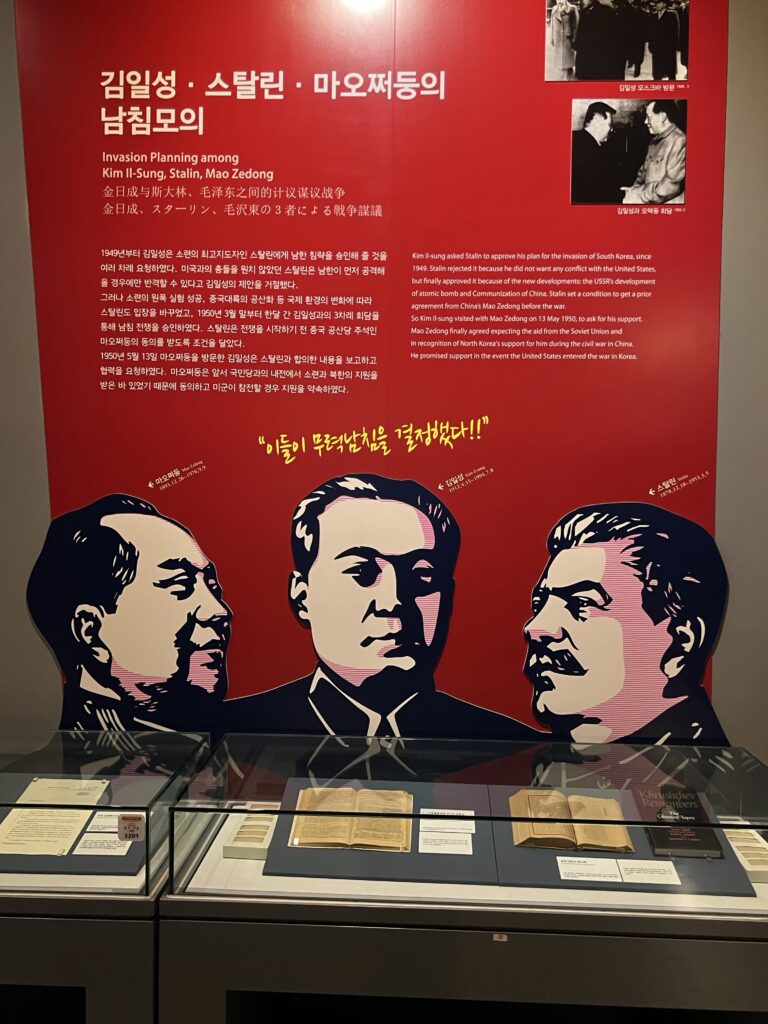
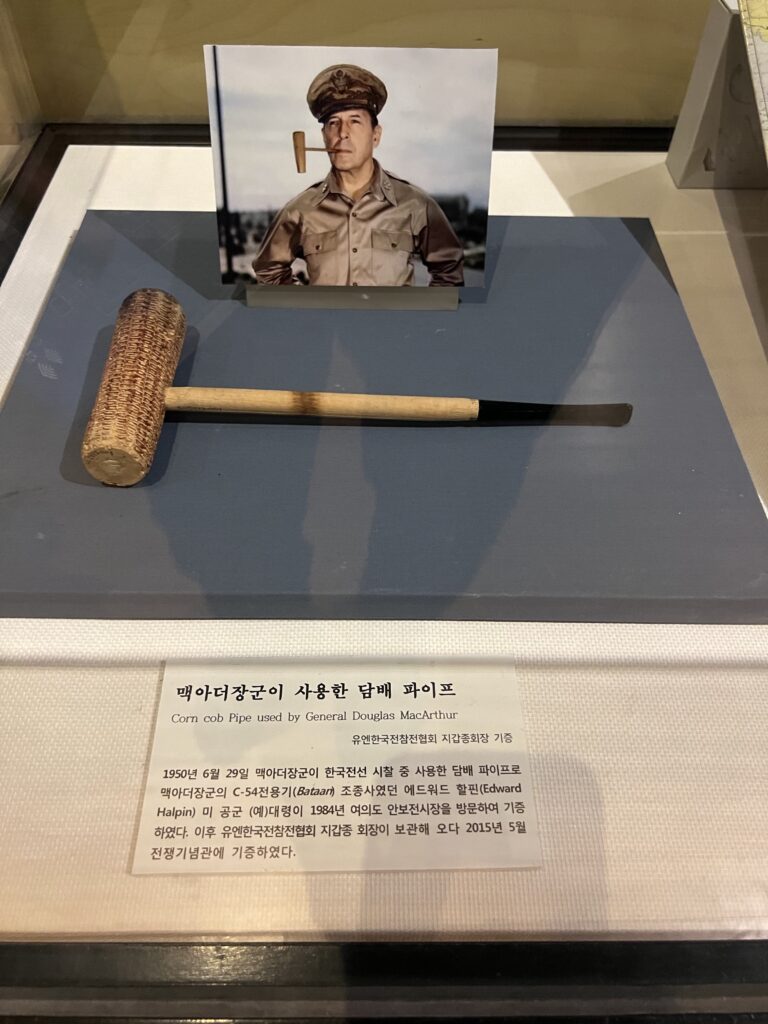

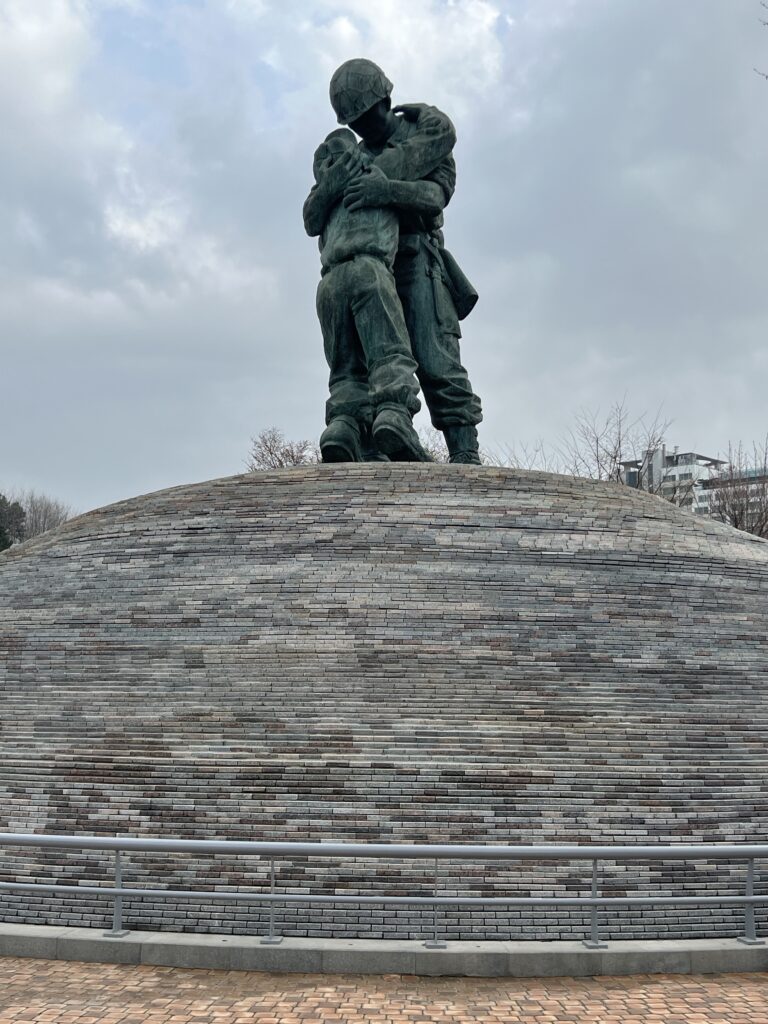
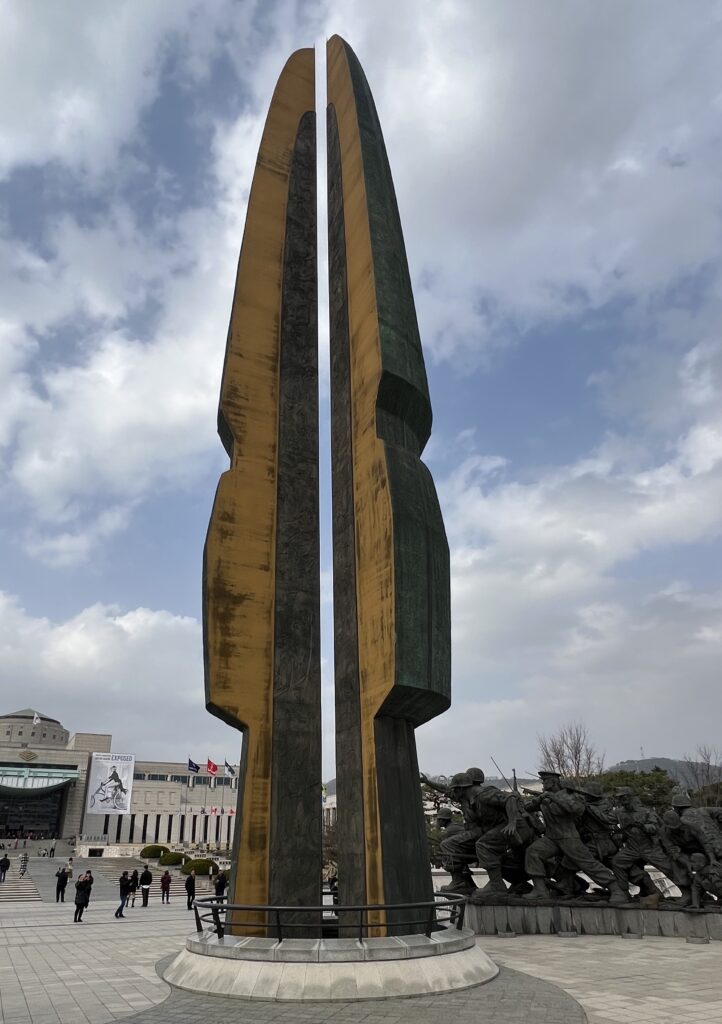

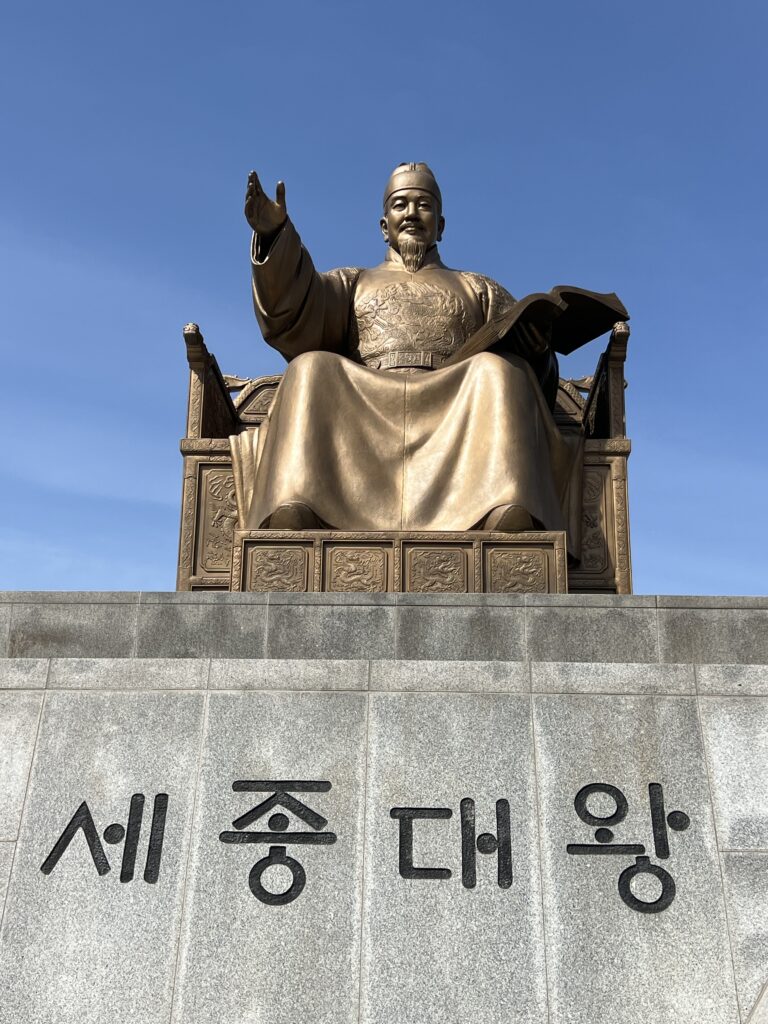
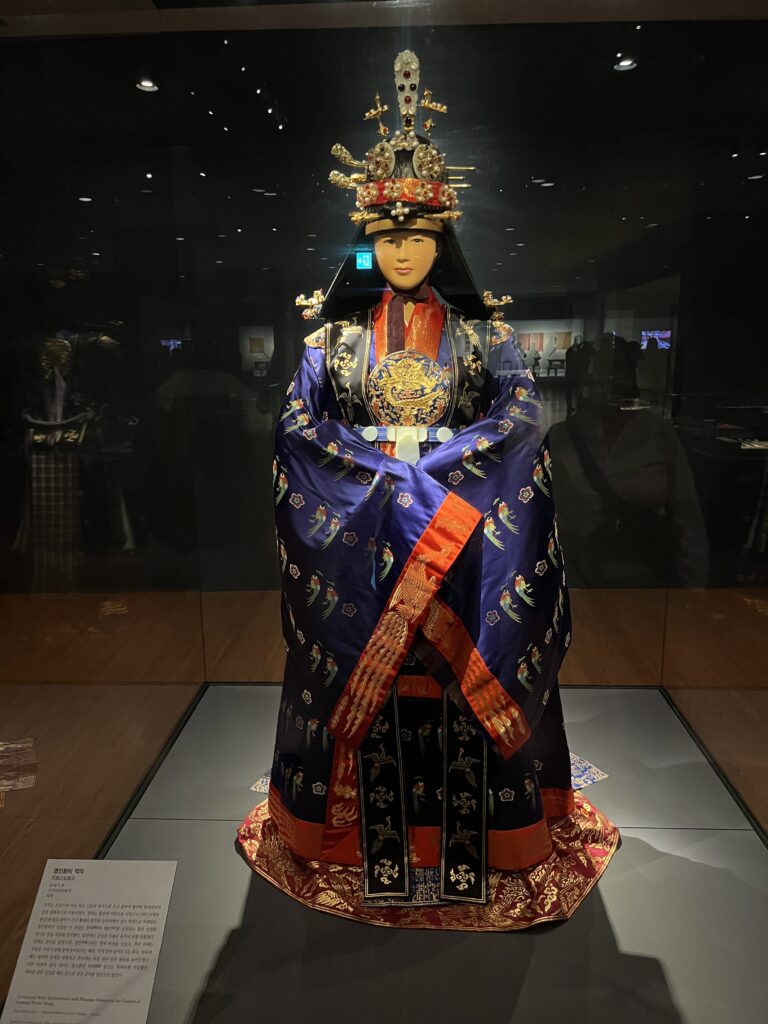
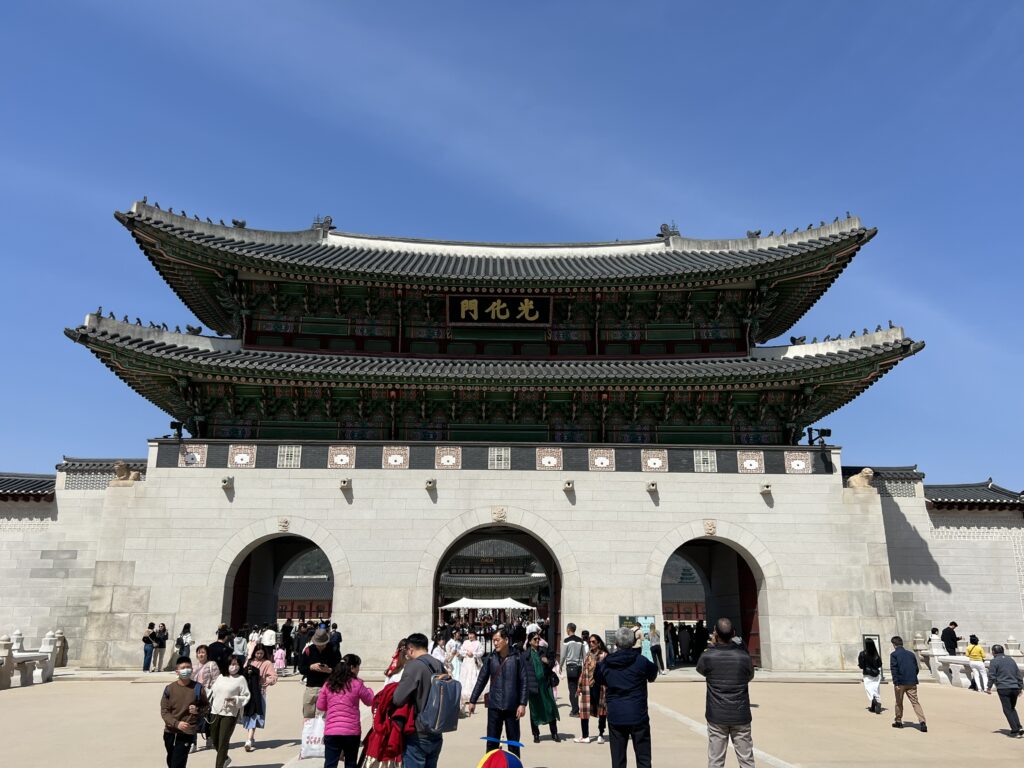
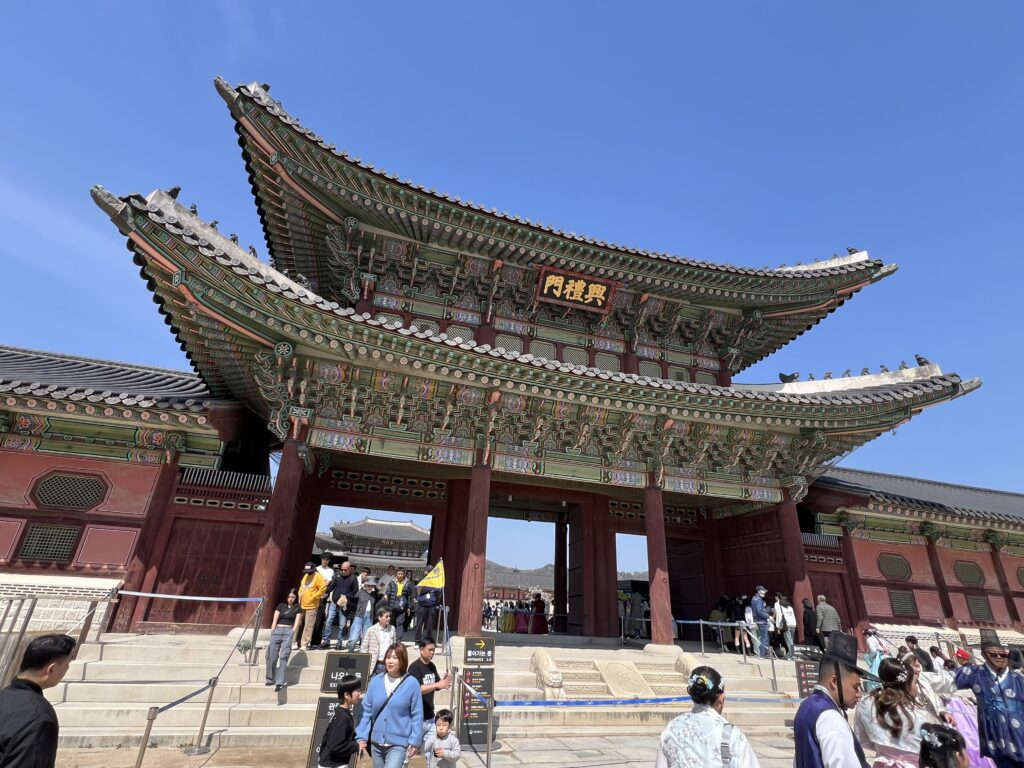

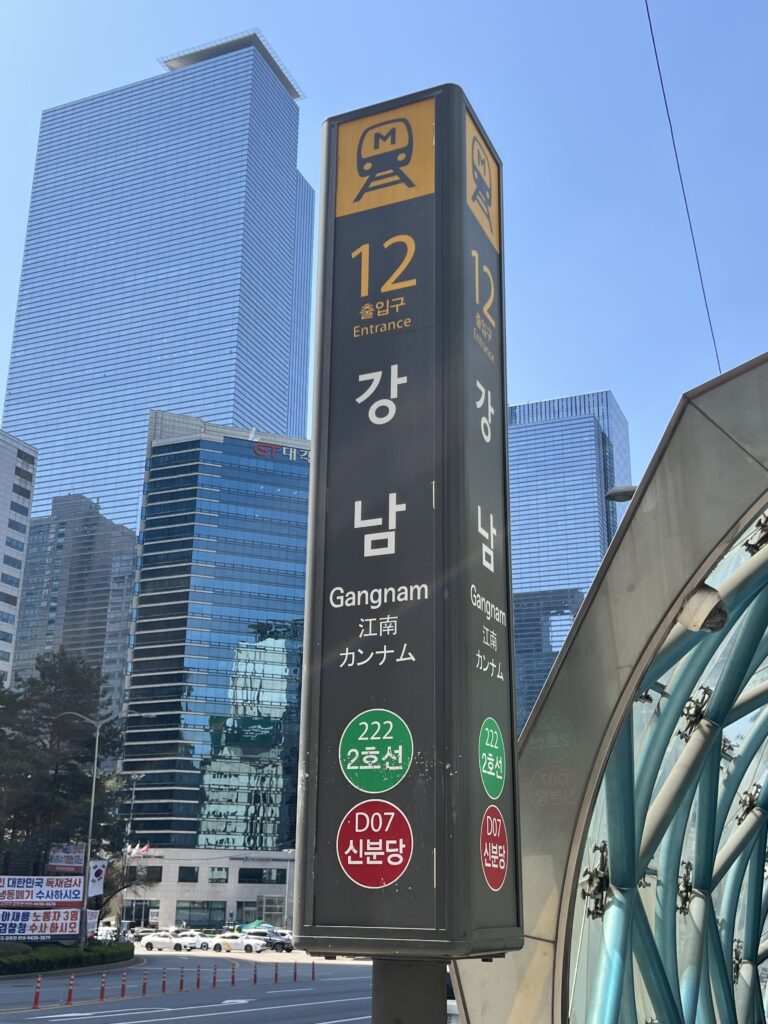
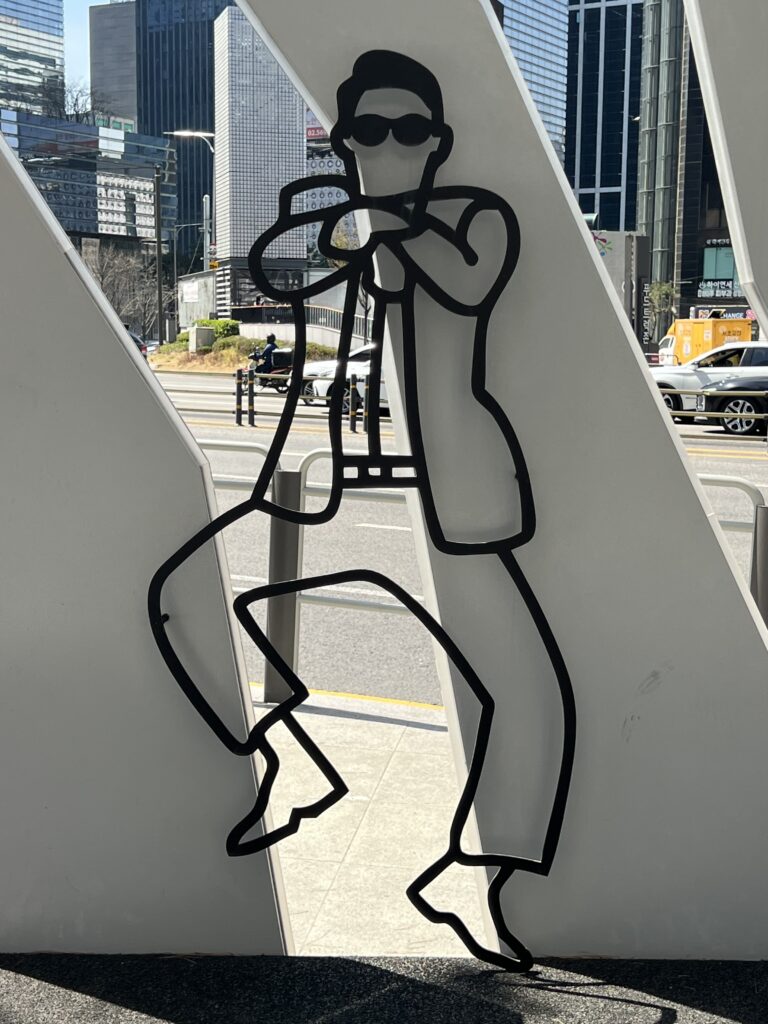

I’ll leave the full “blow by blow” blog of vehicle importation steps in Korea till we leave and merge that with the steps for exporting the vehicle. Putting it all in one place and tagging it appropriately will make it accessible via a general Google search to those that follow us in Korea and wish to see what’s involved. It’s absolutely invaluable to have a current example of what the process looks like. But, more on that in a few weeks.
JB Chang escorted us to the Port of Pyeongtaek and after some minimal signatures, ID checks, and a short wait we walked through the gate to see our van. All alone, covered in a light coating of dust, but otherwise in perfect shape ! The inside was still quite clean (we’d left it sparkling ), things appeared in order and, most importantly, no one had tampered with the Slicklock on our rear doors, which secured them closed. That was a good omen, because in all likelihood everything that we had stored inside the garage area of the van was likely to still be there. Using a key that only I had, the Slicklock was opened, and there before me was everything neatly stacked just as we left in the Melbourne . I can’t overstate what a huge relief that was given that we had seen some serious theft from both previous RoRo passages. No need to fight with insurance companies, no need to pay large excess/deductibles, and most importantly, no need to be living without critical items that are not easily replaceable on the road ! I gave Lois a big high 5 as I drove through the gates to pick her up – she was waiting just outside. A very nice start to our road travels in Korea!
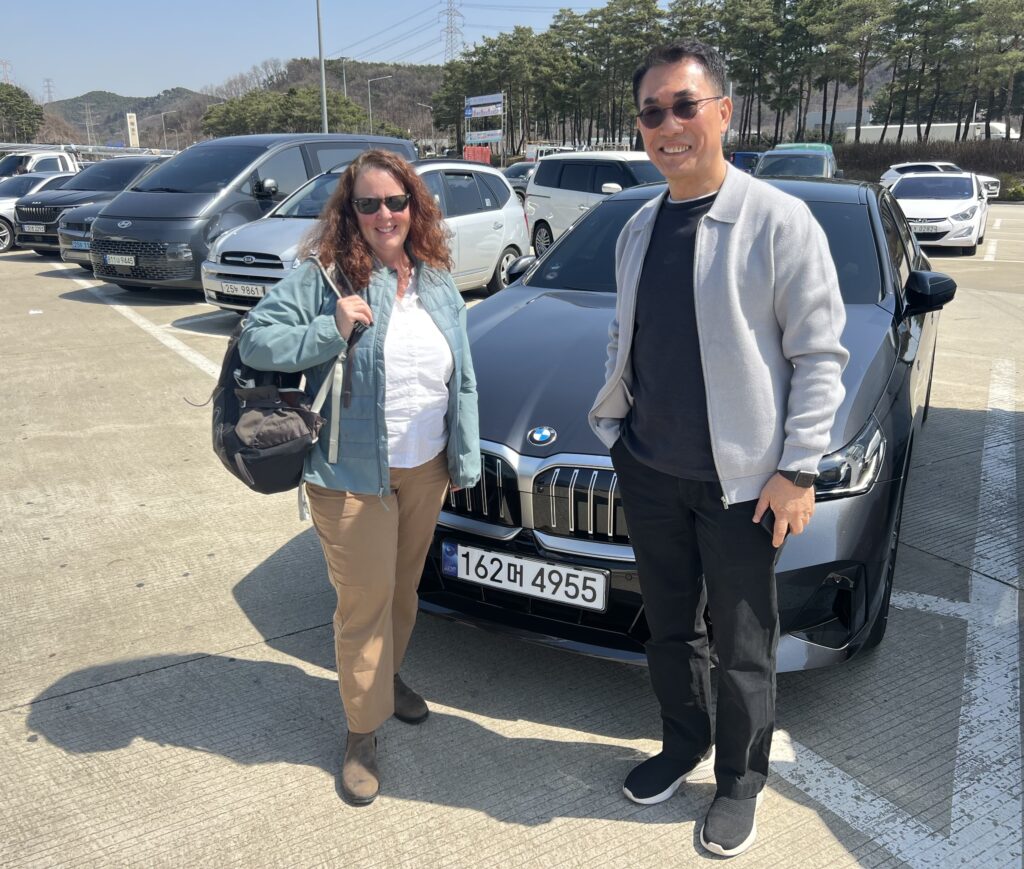
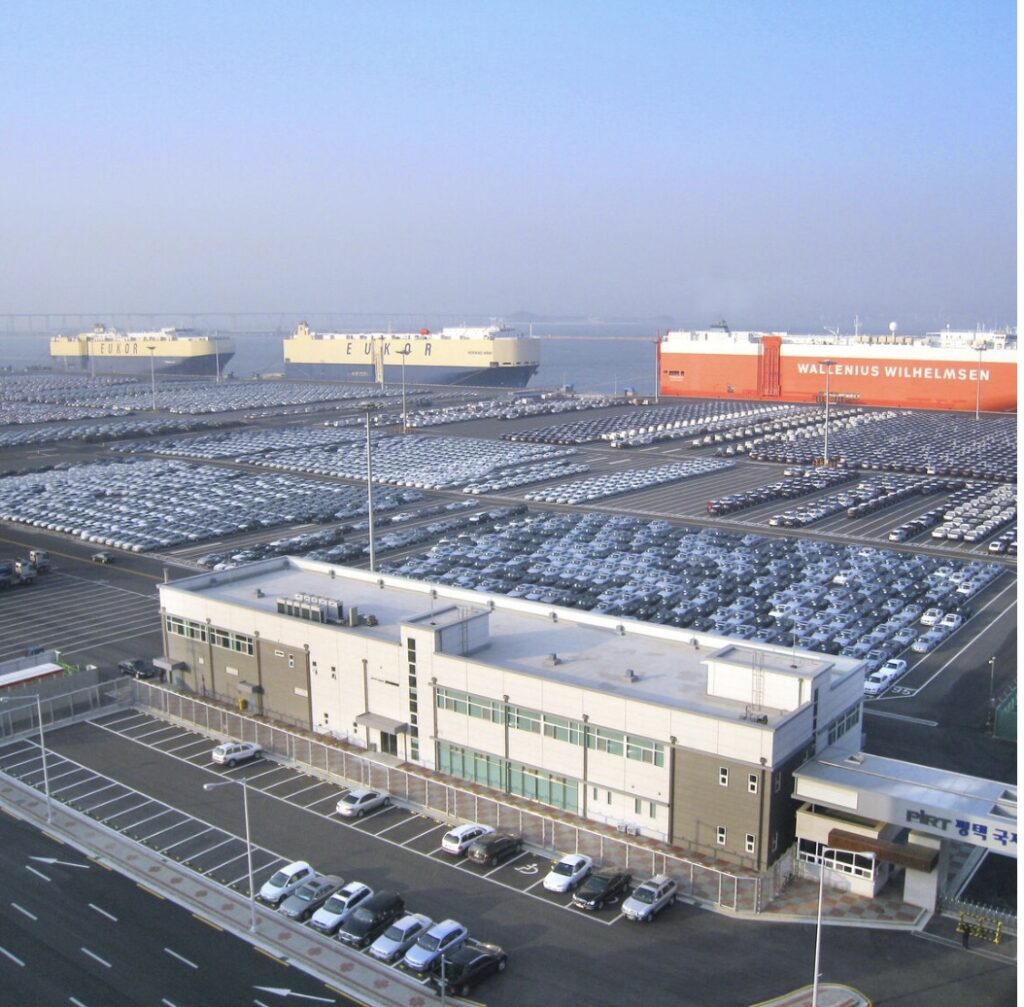
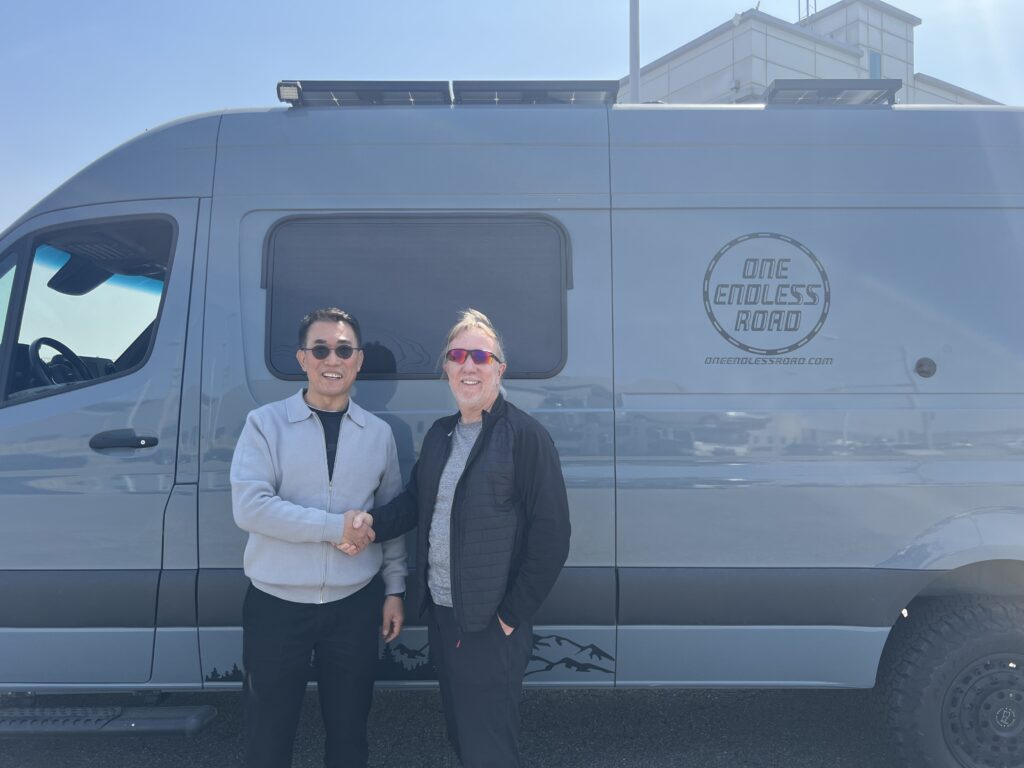
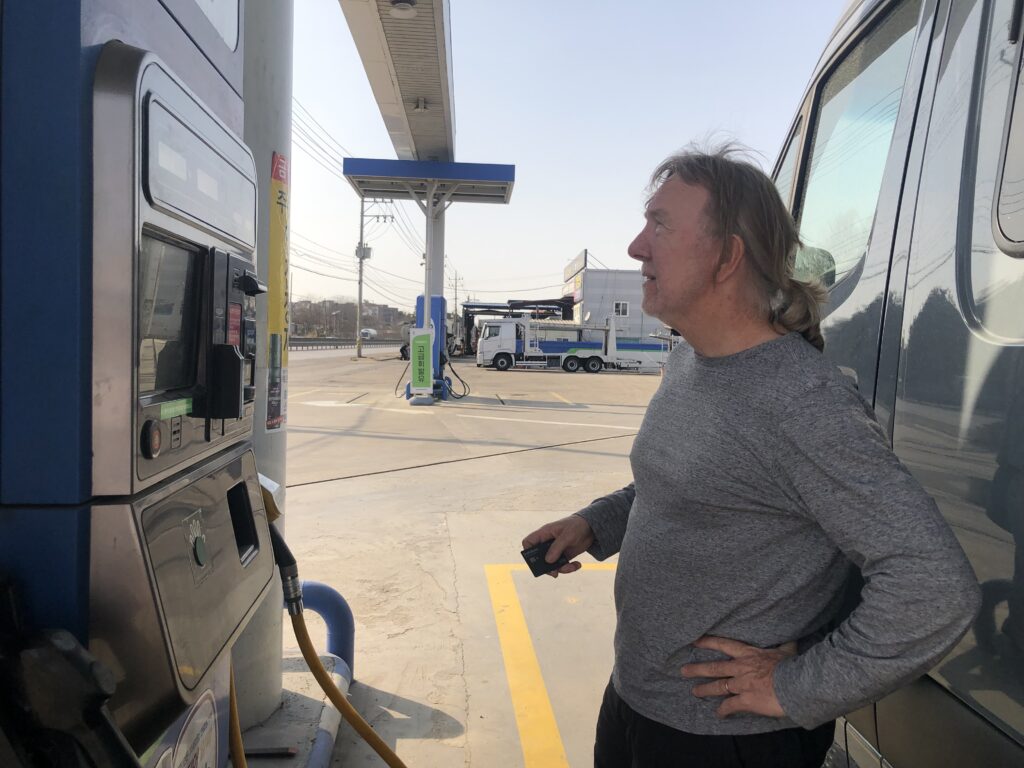
We had driven a couple of hours south of Seoul to pick up the vehicle and now we would begin our planned route around the country. Step one was to get out of Pyeongtaek and find a rest stop for the night ( it was getting late ) and step two was to head into the city of Incheon where I had really been looking forward to visiting the Memorial Museum of the Incheon Landing ( sort of a Korean War “D Day” equivalent – in WW2 terms ).
First lesson learned in Korea ( which came as little surprise ) – there aren’t many formal campsites here (in the Western sense) so we knew we would be relying on tips from those that went before us who had documented their rest stops on the trusty iOverlander app. A quick glance at the whole country map revealed that there certainly were not very many of these and most of those were three or four years old (hence, probably of dubious relevance today). Furthermore ( as we would soon discover ), of the few campsites that did exist, many were closed because it was not yet high season. Finding a place to stay each might require more creativity than we thought……
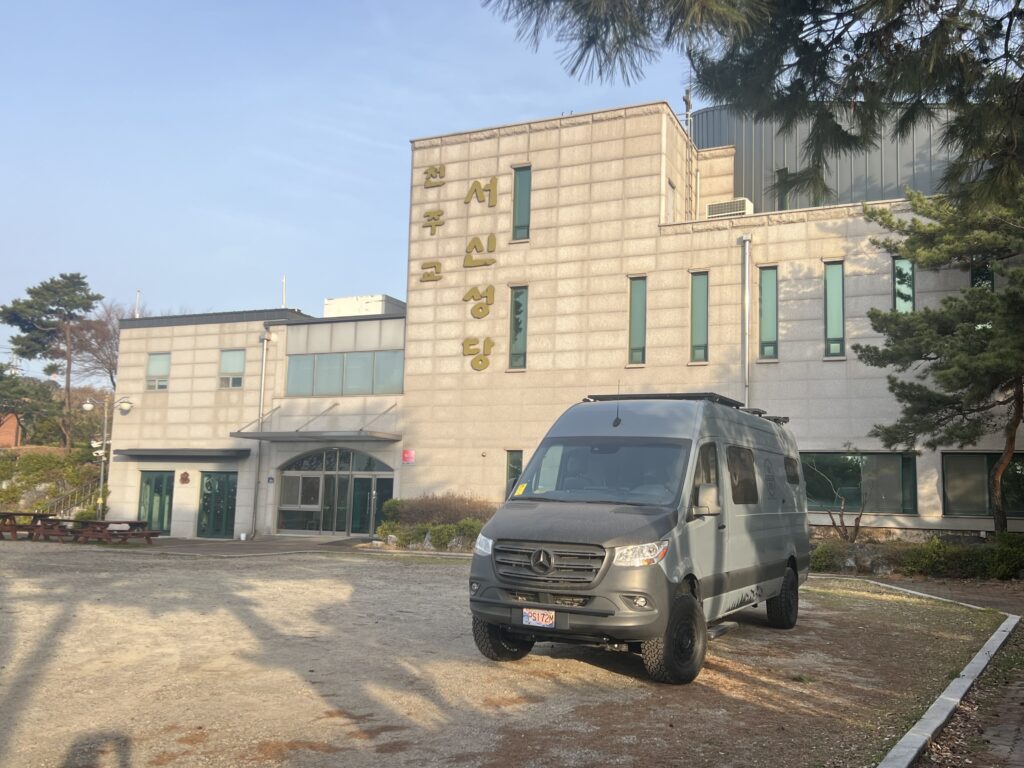
The second lesson came in Incheon. As big and congested as the city is we did not find driving there to be difficult but it certainly helped that JB had tipped us off to some of the unique Korean driving rules. We found the Incheon Landing Memorial with no drama at all but got the shock of our lives when we saw the parking lot. While a memorial like that in most western countries would have a large parking lot for cars and tourist buses, we could see no such provision here, and with the extremely narrow lanes and tight corners, there was obviously no way I was going to navigate a 7m van through the place. Worse, there was absolutely nowhere, within a reasonable distance, where I could park our vehicle. A full hour after trying, we just threw in the towel and headed on out of the city. Note to self – sometimes it might be easier to park on the outskirts and take the subway in to the centre of town !!!
Having wrapped up our sightseeing in Seoul before leaving to get the van in Pyeongtaek, our aim for the rest of the week was to explore the areas north west and just north of Seoul, all of which closely bordered North Korea. From past personal experience, and recent updates from other travellers, we knew there were a couple of great spots for getting as close as possible and thus having a birds-eye view into the Hermit Kingdom. One thing we knew we would not be doing, somewhat sadly, was re-visiting the “truce village“ of Panmunjom. We’d luckily visited it back in the mid ‘80’s but tourist visits were now suspended after an off-duty US soldier dashed across to the North during a tour of the DMZ back in 2023. Over the next few days we travelled to Gangwha Island ( west of Seoul), the Imjingak/Panmunjom area (to the north), and finally the Odusan Memorial Tower – all provided interesting access points and/or harrowing tales of life in North Korea as well as showing the immeasurable pain and suffering caused by the conflict.
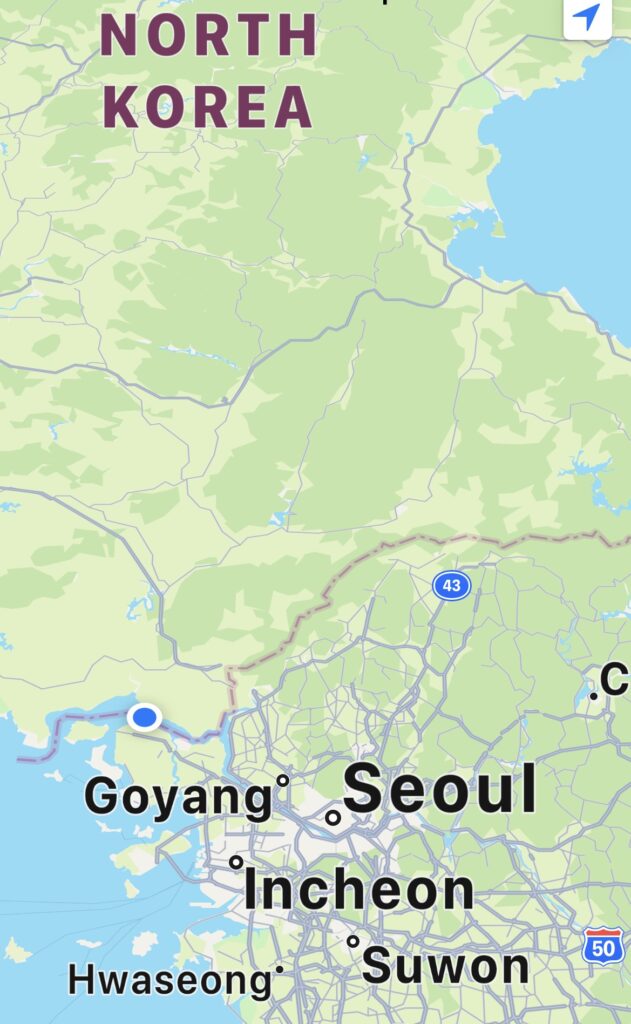

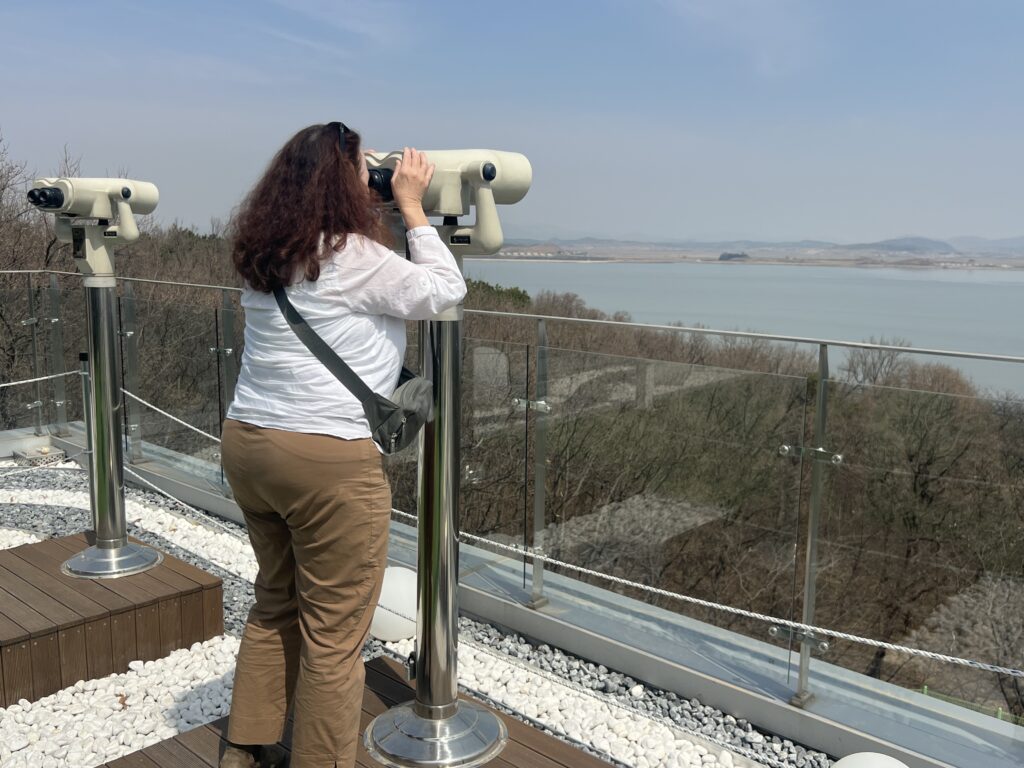
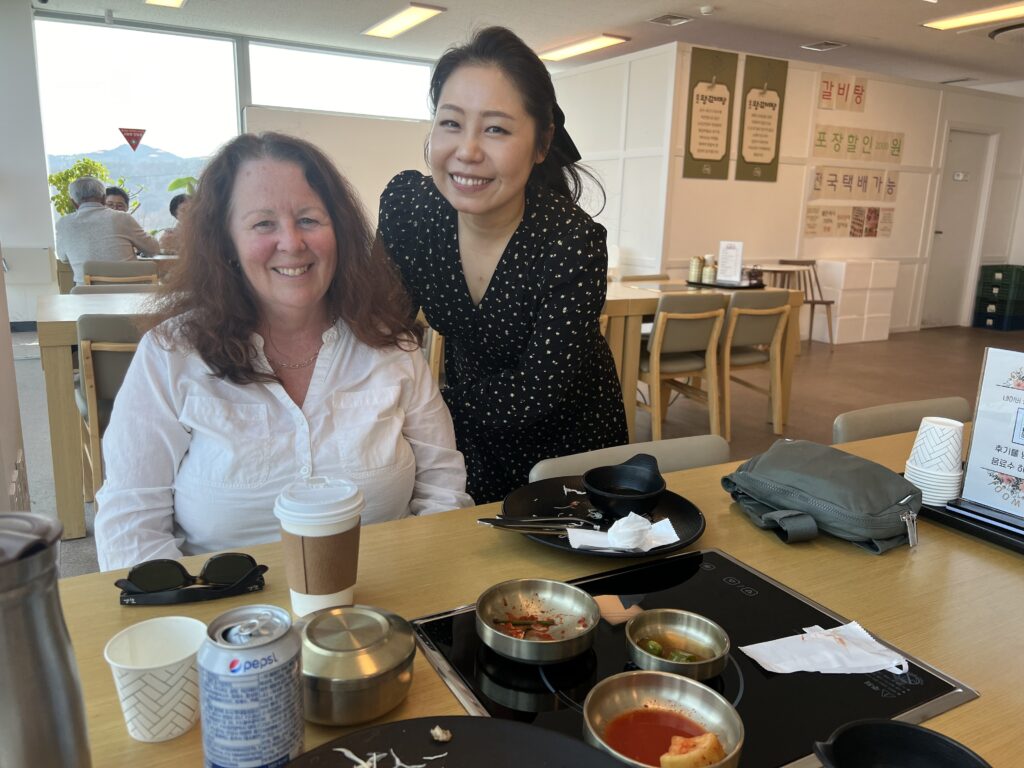
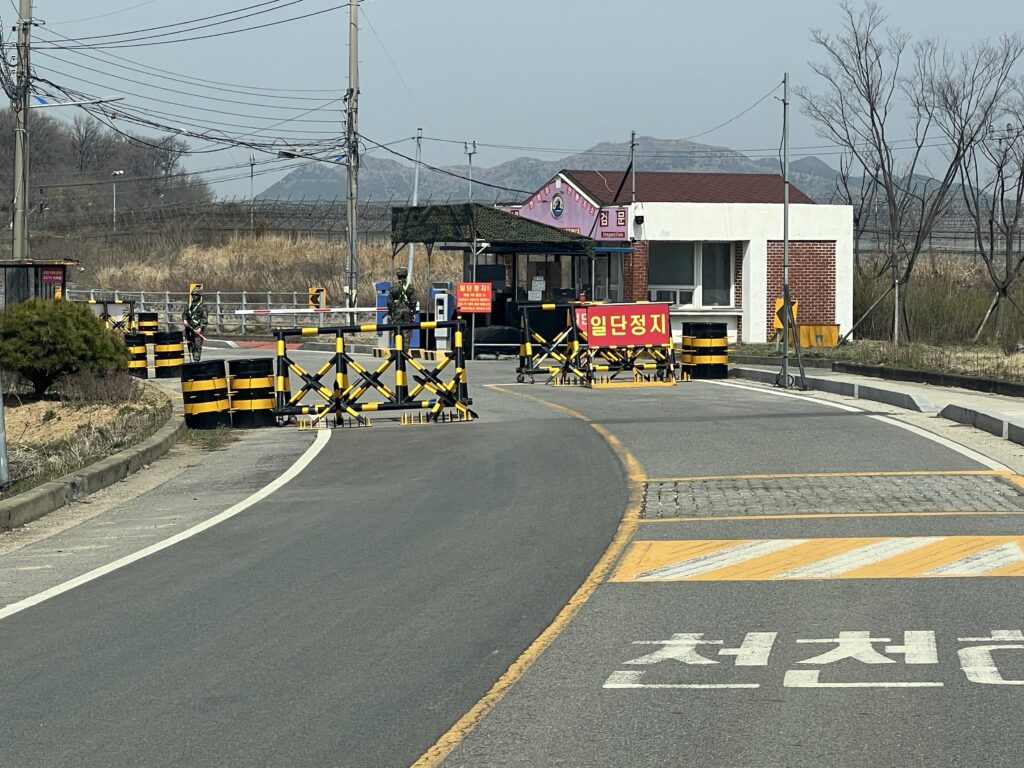
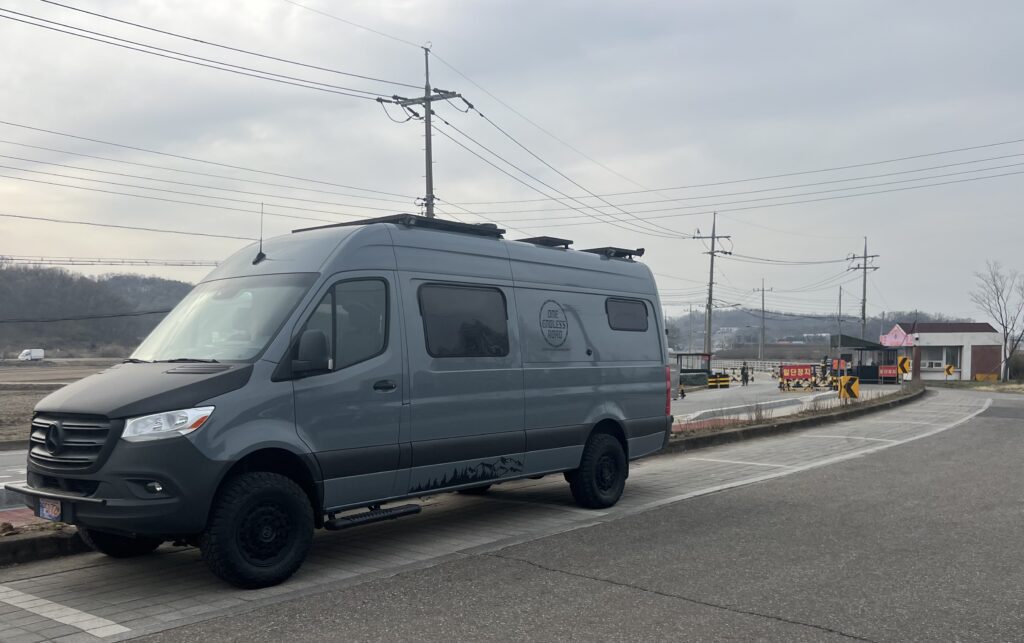

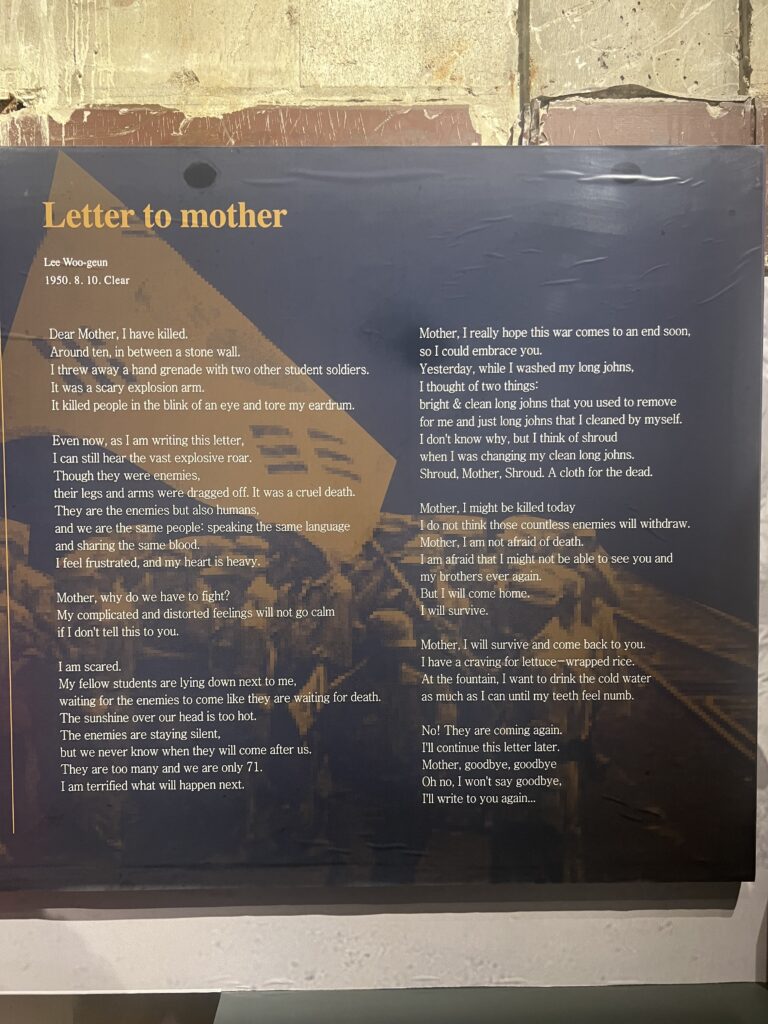
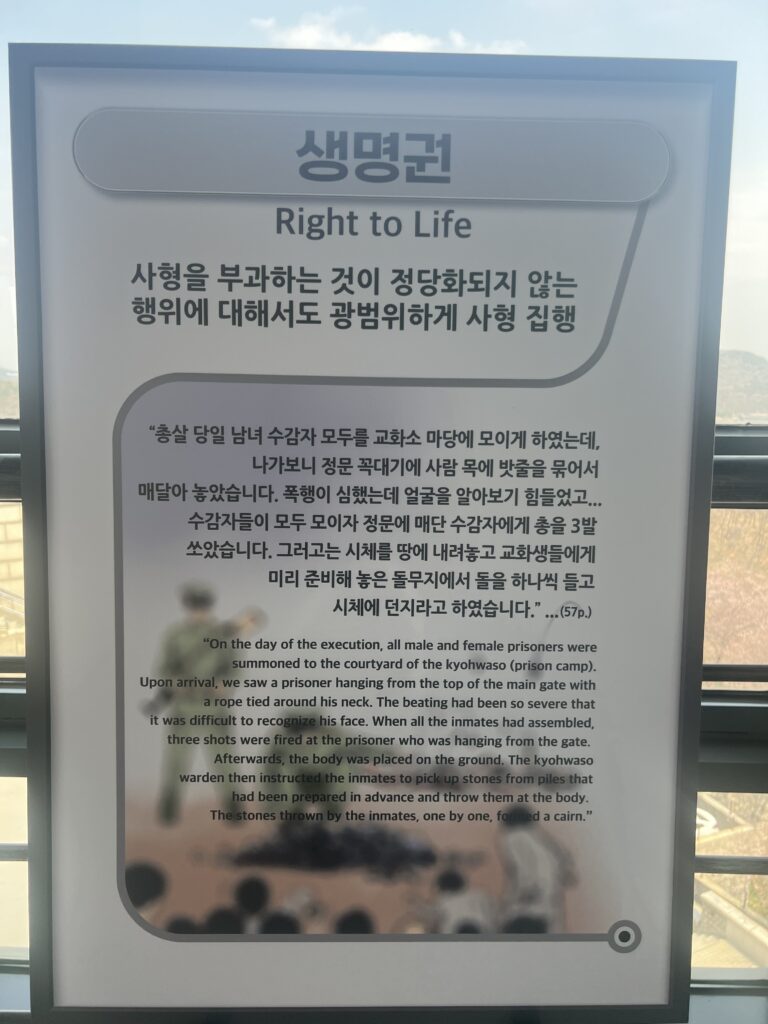
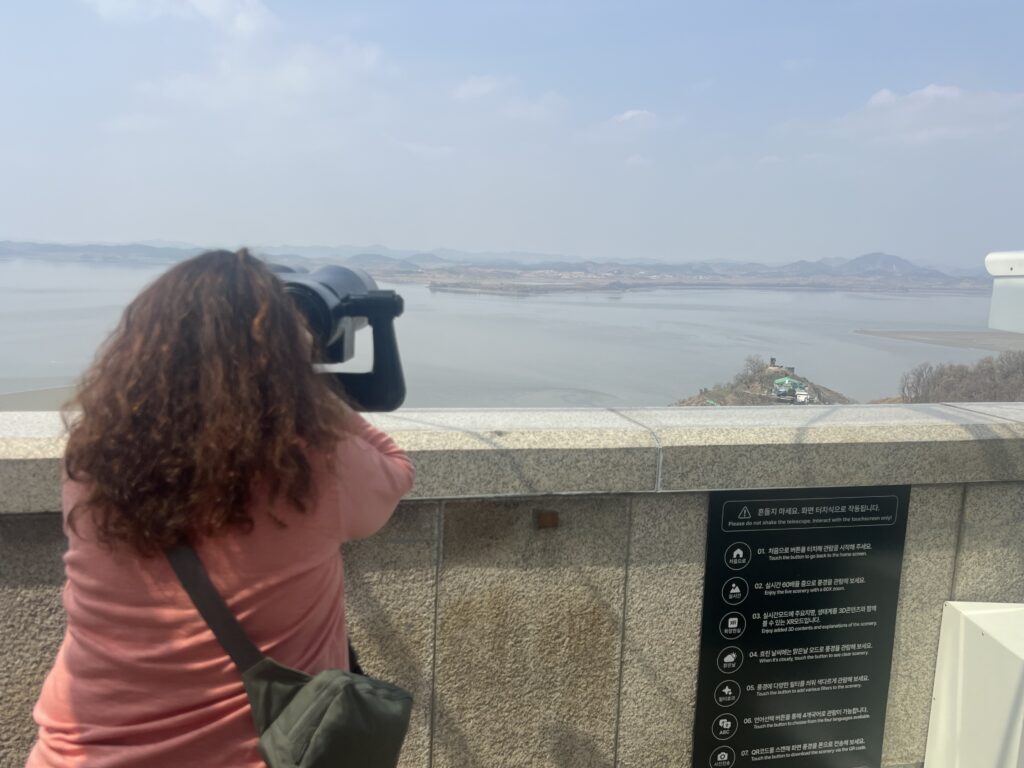
We really enjoyed our time along the border with the North.Of the several locations one can visit, we most enjoyed the experience on Ganghwa Island. Quiet, relaxed, far less touristy and yet provided an excellent opportunity to look over the Han River to what goes on in the North. On a sadder note, the Odusan Reunification Tower, while providing probably the closest visual perspective, also provided some rather grizzly examples of what life is like in the North via first hand accounts of recent defectors. We seriously have no idea how lucky we are if we live in any free, Western democratic society.
Our exploration of the North Korean border region complete, we’ll next head east towards some of Korea’s great national parks and northern coastal regions. Stay tuned.
Till next week…..

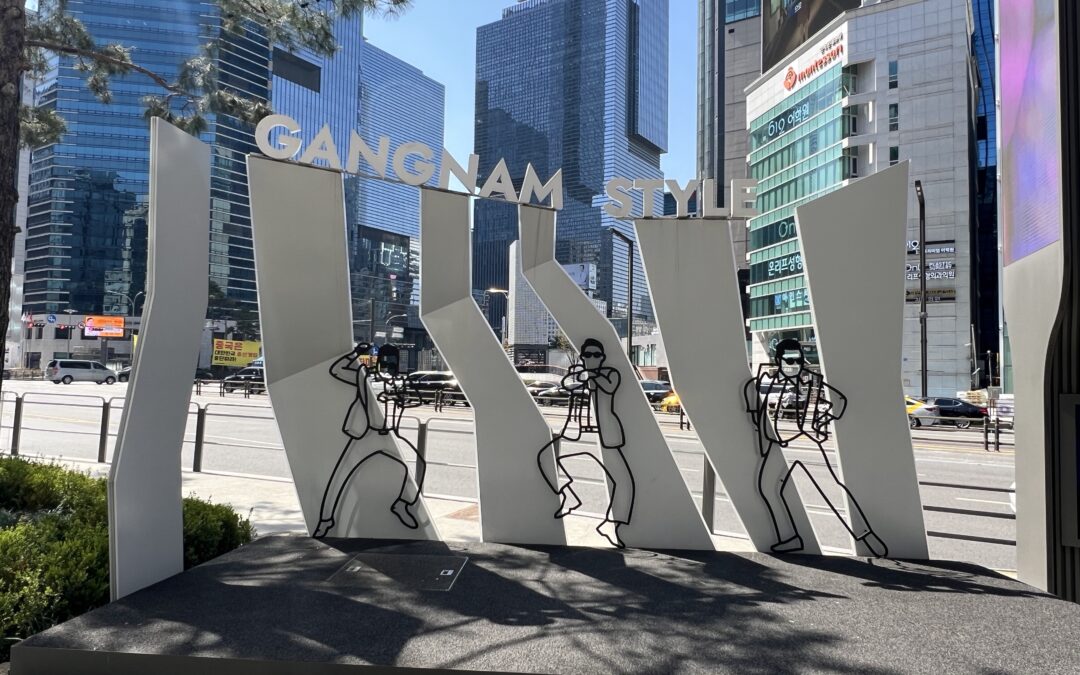
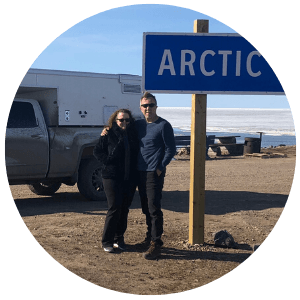
Wow! Seems like a very heartfelt and humbling part of your journey. You look extremely happy to have reunited with your van. Safe days!
Hi Tonia,
Yes, it was and we were !
My father in law fought in that war. Came back injured. So crazy
Yes, many were, sadly.
Excited to see this part of the world through your travels!
Yes, and being a history buff, especially military, it was right up my alley.
Hi Jeff and Lois,
Very poignant that statue of the two brothers fighting on opposite sides. We look forward to your ongoing updates of travel in places we are unlikely to ever visit.
Safe travels!
Thanks Hans, hopefully it might inspire some to come here !
Interesting insights into a country that wouldn’t be on many peoples ‘bucket list’. We are very fortunate to live in our own safe countries, that’s for sure, when you see memorials & read about so much hardship. Jeff – Our resident Mustang graced us with its presence yesterday – such a distinctive engine noise. We had a mini air show yesterday, so a somewhat noisy day here. The Canberra Bomber was also flying.
Yes, it’s actually well down most people’s bucket list, for sure, but is ( in a manner of speaking anyway ) en route to Japan so worked for us right now…😊.
I got to see your Spitfire but sadly missed your Mustang 😔. Believe it has a Rolls Royce Merlin engine – no sound like it !!!!
Well definitely seeing the world through different eyes. Certainly enjoy the regular updates and adventures . You’re definitely seeing the world.
Koodos to you Jeff and Louise
Hi Dan,
So very nice to hear from you- hope all is well in the South Okanagan.
Glad you are enjoying the updates – there is no shortage of things to write about or take pictures of over here ! Let’s connect for a beer later in summer when we are back. Ciao,
Jeff
Fantastic photos looks like a very beautiful country. Enjoy your selves and stay safe.
Thank you Phil, looking forward to exploring more here !